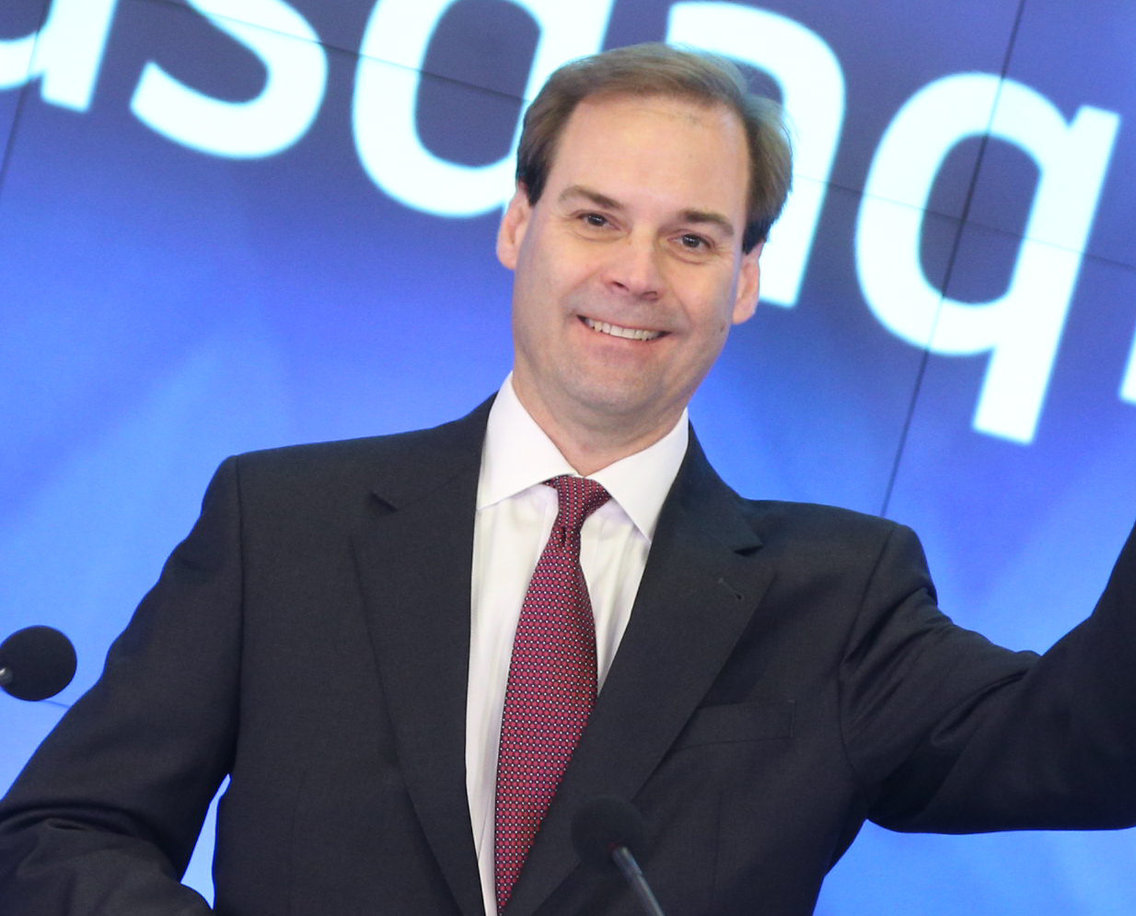 BIG DATA
BIG DATA
 BIG DATA
BIG DATA
 BIG DATA
BIG DATA
Since its founding in 2011, Hortonworks Inc. has fought battles on two fronts: Persuade corporations to adopt an entirely new, open-source data platform called Hadoop for a novel type of analytic processing and build a business selling software that customers can get elsewhere for free.
By most accounts, Hortonworks is making good progress. The company recorded its first-ever positive cash flow in its most recent earnings report, with revenues up 44 percent from a year ago, to $75 million. Competitors MapR Technologies Inc. and Cloudera Inc. have been gradually edging away in recent years from their roots in Hadoop, which was named after the beloved toy elephant of one of the creators’ children.
But Hortonworks remains steadfastly committed to the big-data platform as the core of its business. Chief Executive Rob Bearden (pictured) recently discussed that strategy in an interview with SiliconANGLE.
Your early competitors in the Hadoop market have largely deemphasized Hadoop as a focus, while Hortonworks hasn’t. Why?
Customers spend more than $100 million a year with us, and the vast majority of that is Hadoop subscriptions. We’re managing the entire lifecycle of the data from the point of origination to data at rest, and we do the at-rest part with Apache Hadoop.
We’re in the platform business with three principal platforms: Hortonworks DataFlow brings data off the edge and processes it at any point as an event, condition or action. You can to take a proscriptive and surgical approach to that data. When we bring data to rest, we manage and process it with Hadoop. Our third platform is DataPlane. It allows us to deploy those workloads wherever it’s best from an economics or physics standpoint.
Many analysts are saying the future of big data is in the cloud. Do you agree?
The math says they’re wrong. If you look at the revenue stream coming in to our company, two-thirds is on-prem.
How have customer attitudes evolved since you started the company?
It’s now assumed that they’re going to have Hadoop in an architecture for managing significant volumes of new-paradigm data. The math says data volumes are doubling every 14 to 16 months in the enterprise, and 80 percent of that is coming from new data sources. There’s nowhere else to go except Hadoop.
[Enterprise resource planning] was intended to be a central hub for the entire order-to-cash lifecycle with one common view for the customer, but now that’s highly fractured with multiple ERPs and best-of-breed apps. Customers have gone further away from having a common central view. They can’t increase their velocity with having an aggregate view of the data. Hadoop is the most economical platform to do that.
Looking back, which trends in big data took off faster than you expected and which didn’t?
What surprised me is the acceleration of horizontal uses of Hadoop. Enterprise have learned the value of bringing all this data together on Hadoop for predictive insights that allowed them to engage earlier with customers and the supply chain. In the old world, everything was post-event. With Hadoop, they can bring all the data together about progress up to and through the event.
What was surprising was how fast customers wanted to go all the way to the edge and grab that data from the point of origin. They want to engage with data as far upstream as they can. We bet on that when we bought Onyara’s data stream platform.
What didn’t take off was expectations about cloud eating the world. One report I saw this week said that more than 30 percent of enterprises that put apps in the cloud have brought them back on-prem. Executives realized that data has a lot of density, and the storage and security models of the cloud didn’t give the auditable compliance they needed. You’ve either got to put everything there or have yet another silo of data. The cloud is really good for storing cold, cheap data. But for the enterprise side, where you need always-on, the cloud economics don’t make sense.
How important has the big-data phenomenon been to acceptance of open-source software?
It’s legitimized the idea that you can drive mission-critical applications and data sets at scale into production environments that are rock solid and completely driven by open source. Hadoop has proven itself because it’s driven so many petabytes of data in high-value use cases. People see that it’s performed at the same or better than any of the proprietary environments.
How do you believe Hortonworks will describe itself five years from now?
The whole modern data architecture is going to be driven by processing data as it moves through the lifecycle as opposed to waiting for it come to rest. You’ll derive post-event insights and analytics from that. We expect to be the recognized leader there.
How important is machine learning as an evolution of big data?
It’s a core part of what Hadoop does. It’s an enabling capability, not a new piece of functionality. I’m puzzled about why our competitors are trying to put a new skin on machine learning when it already exists.
For example, Hadoop was used in its early days by web properties to manage all their content at scale. They understood where that data had been, what its profile was, who engaged with that content, its velocity and where it had landed. Those are the basics of machine learning. Then it rendered a model that said what was the most likely ad or piece of content to present. That was the genesis of platforms like Hadoop and Hive. It was an AI enabler from day one. We spend $10 million or so each year to make sure it continues to do that very well.
THANK YOU